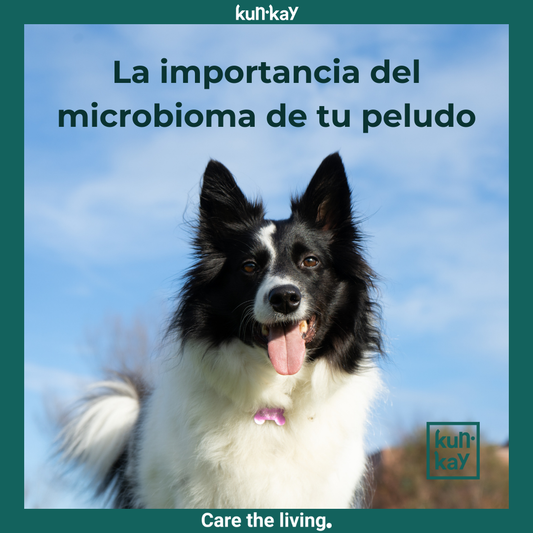How to deal with the processionary caterpillar?
Thaumetopoea pityocampa, commonly known as the pine processionary, is a type of stinging caterpillar that lives on pine trees. 🌲
Its name (processionary) refers to the long rows they form when moving in a group, reminding us of a procession. 🐛
Despite their harmless appearance due to their small size, they are extremely dangerous because of the toxic filaments they have in their skin. They can have up to 500,000 filaments, and contain a toxin called Thaumatopin. These tiny hairs can be released into the air 💨 and travel up to 200 metres on currents. That's why you don't need to touch them to feel unwell, as they can enter your airways 👃, ears 👂 or eyes 👀 causing irritation.
A few days ago on social media we shared with you the early presence of processionary caterpillars and the risks they can pose to our dogs. But... do you know how to avoid them and what to do in case of contact? Here we tell you all about it:
PREVENTION
Try to walk in areas where there is no risk of encountering this animal. Don't untie your furry friend and whenever you can, take a look at the treetops and the surrounding area, it is easy to identify a nest, and can save us a lot of trouble. Any prevention is too little, as our friends are very curious!
VISIBLE SYMPTOMS
The most common symptoms are as follows:
- General malaise
- Nervousness
- Irritation, swelling, blisters or sores
- Excessive scratching
- Difficulty breathing
- Red, purplish or black tongue
- Hypersalivation
- Swelling in the affected area
- Gastrointestinal problems with vomiting, diarrhoea and abdominal discomfort.
If you observe these, it is possible that it has had contact with a caterpillar.
HOW TO ACT
- Keep calm and protect yourself well with gloves, mask and also your eyes.
- Remove the processionary caterpillar and any visible hairs with tweezers if necessary.
- Clean the affected area with lukewarm water. Be careful NOT to rub the area, as this may spread or break the toxic filaments.
- Contact a vet as soon as possible.
Protecting your dog from processionary caterpillars during the season when they are most active is essential for his health and well-being.





















